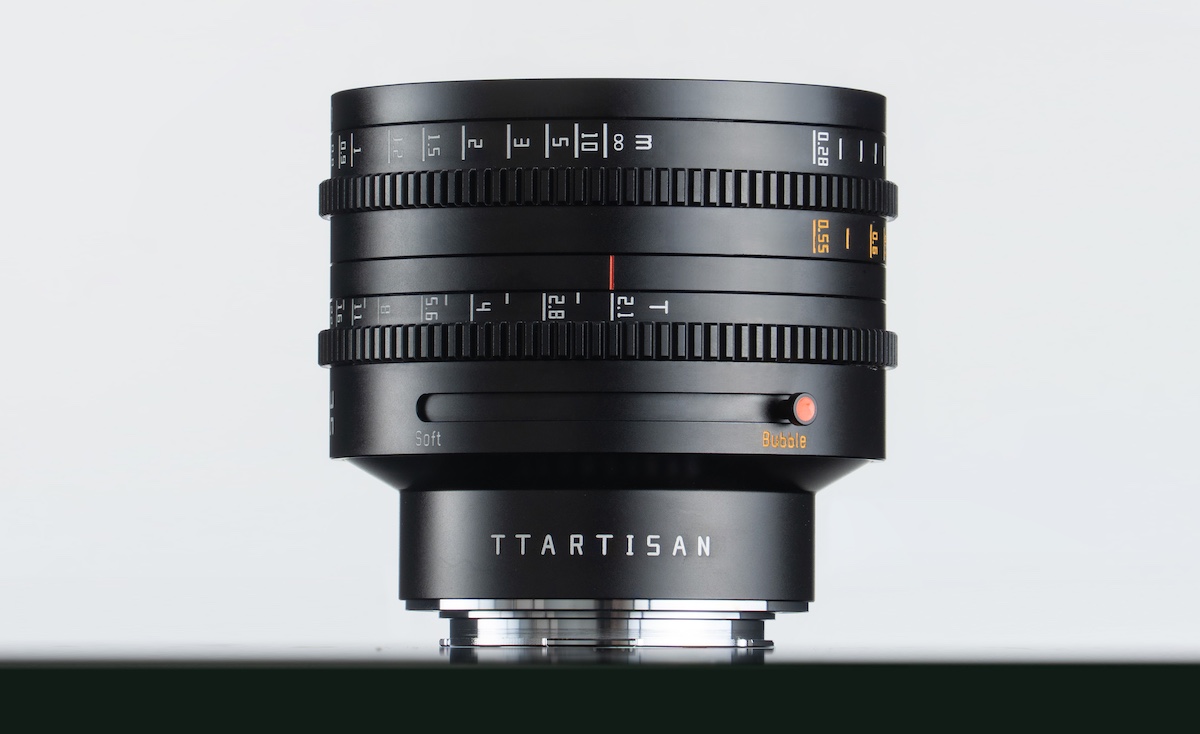The rise of the Chase Sapphire Preferred: Has it become Chase’s premier card option?
Editor’s note: This is a recurring post, regularly updated with new information and offers. Two of Chase’s most popular credit cards — the mid-tier Chase Sapphire Preferred® Card (see rates and fees) and its premium sibling, the Chase Sapphire Reserve® (see rates and fees) — are well-loved at TPG due to several factors including the …

Editor’s note: This is a recurring post, regularly updated with new information and offers.
Two of Chase’s most popular credit cards — the mid-tier Chase Sapphire Preferred® Card (see rates and fees) and its premium sibling, the Chase Sapphire Reserve® (see rates and fees) — are well-loved at TPG due to several factors including the former’s reasonable $95 annual fee, bonus-earning rates on travel and dining and valuable travel protections.
While the Sapphire Reserve has a much higher annual fee of $550, it also offers luxury perks and many of the benefits we’ve come to expect from premium travel cards.
That said, the Sapphire Preferred still packs a decent punch. What makes it even more appealing is that it’s both a great starter travel card and ideal for frequent and seasoned travelers, too.
Let’s take a look at why the Sapphire Preferred may just be the next Chase card you want in your wallet (if you don’t already have it).
Better welcome bonus
Both cards currently offer different welcome bonuses but identical minimum spend thresholds:
- Sapphire Preferred: Earn 100,000 points after spending $5,000 on purchases within the first three months from account opening.
- Sapphire Reserve: Earn 60,000 points after spending $5,000 on purchases within the first three months from account opening.
Related: Chase Sapphire Preferred Card review: A top travel and dining card

According to TPG’s April 2025 valuations, the Chase Sapphire Preferred’s 100,000-point bonus is worth $2,050. If you choose to redeem through Chase Travel℠, however, the same amount of points are worth up to $1,250.
The Chase Sapphire Reserve’s 60,000-point bonus is worth $1,230 according to our valuations and can be worth up to $900 when you redeem the points for travel through the Chase Travel or as a statement credit with the Pay Yourself Back feature since point redemptions are worth 50% more this way.
If you redeem points for cash back outside of Pay Yourself Back, 60,000 points are worth $600.
Related: 10 best ways to use 100K Chase Ultimate Rewards points
Lower annual fee
The two Chase Sapphire cards have very different annual fees, so it’s important to do the math and see which card makes the most financial sense for your lifestyle. Those who aren’t frequent travelers might not feel the need to pay more for benefits that they will rarely use.
If you’ve never held a premium card before or are averse to high annual fees, you may be a little apprehensive about the $550 annual fee for the Sapphire Reserve.
However, you should know that a high fee is common among cards of this tier. You can effectively recoup most of the fee if you utilize all the added card benefits.

Just by accounting for the Sapphire Reserve’s $300 annual travel credit alone, the annual fee is already reduced to a more manageable $250 — yet it’s still a $155 premium over the Sapphire Preferred.
While the Sapphire Reserve delivers more credits and perks than the Sapphire Preferred, you do have to make more of an effort to maximize these additional perks, which could be a pain if you want a card with a simpler reward earning and redeeming structure.
Related: The 8 best credit cards with annual fees under $100
Bonus categories
The Sapphire Preferred earns at the following rates:
- 5 points per dollar spent on travel booked through Chase Travel
- 3 points per dollar spent on dining — in line with the Sapphire Reserve
- 3 points per dollar spent on select streaming services
- 3 points per dollar spent on online groceries (excluding Target, Walmart and wholesale clubs)
- 2 points per dollar spent on travel purchases
- 1 point per dollar spent on other eligible purchases

For its part, the Chase Sapphire Reserve earns:
- 10 points per dollar spent on Chase Dining booked through the Ultimate Rewards portal
- 10 points per dollar spent on hotel and car rental purchases through Chase Travel
- 5 points per dollar spent on airline travel booked through Chase Travel
- 3 points per dollar spent on other travel
- 3 points per dollar spent on dining
- 1 point per dollar spent on other eligible purchases
The more you plan to spend in those bonus categories, the bigger the difference in rewards. Let’s say you spend $500 on non-Chase dining and $500 on non-Chase travel (a total of $1,000) per month on those two bonus categories.
That would bring your Sapphire Preferred earnings to 2,500 points monthly (up to $50 in value) versus 3,000 points with the Reserve (up to $60).
Overall, the additional 1 point earned on general travel purchases with the Sapphire Reserve may not warrant the much higher annual fee for some. When you consider that $155 difference in annual fees (after using the $300 annual travel credit from the Sapphire Reserve), the Sapphire Preferred may very well come out on top as the better choice for some consumers.
Travel protections
It’s rare to find a mid-tier card with strong travel protections. Most cards in this range offer a few protections, such as secondary auto insurance or baggage insurance.
With the Chase Sapphire Preferred, cardholders get the benefit of up to $10,000 per covered traveler or $20,000 per trip in trip cancellation insurance, up to $500 a covered ticket in trip delay insurance, up to $3,000 in lost luggage insurance, up to $100 a day (up to five days) in baggage delay insurance and primary rental car insurance.

Secondary car rental insurance is more popular among mid-tier cards, adding even more value to an already impressive protection-rich card.
As a mid-tier card, the Sapphire Preferred packs a punch with premium-level travel insurance. The benefits here make the Sapphire Preferred extremely attractive, especially when its annual fee is so much lower than the Sapphire Reserve’s.
Related: Credit card rental car insurance: Best cards and how it works
Easier approval
The Chase Sapphire Preferred is easier to get approved for than the Chase Sapphire Reserve, too. Now, that doesn’t mean that it’s an easy process, especially if you’re looking to get the Sapphire Preferred as one of your first credit cards.
Many factors play into whether or not you’ll get approved for any credit card, such as income, credit history, credit score, age of your credit accounts and if you have a preexisting relationship with the credit issuer.

When applying to the more premium Chase Sapphire Reserve, you’ll likely need a credit score of at least 740. However, it’s been reported the average person approved has a score of around 750.
It’s important to note that you can still be denied for either card even if you have an excellent credit score. However, these estimates can give you a place to start. And remember, Chase’s 5/24 rule still applies, so if you’ve opened five or more personal credit cards across all banks in the last 24 months, you’ll likely receive a denial on your application.
Related: Chase’s 5/24 rule: Everything you need to know
Bottom line
The Sapphire Reserve is an excellent premium card for travelers who plan to maximize its perks and use its coveted airport lounge access. However, the Chase Sapphire Preferred Card is a standout in the sea of mid-tier cards. When you crunch the numbers, the similar benefits and lower annual fee make it the most attractive Chase card for most people.
Plus, thanks to the Chase Sapphire Preferred Card’s current highest-ever welcome bonus of 100,000 points after spending $5,000 on purchases in the first three months from account opening, it’s easy to earn a sizable stash of Ultimate Rewards points right now.
Related: Chase Sapphire Preferred vs. Sapphire Reserve: Should you go mid-tier or premium?
Apply here: Chase Sapphire Preferred









































































































































/f871ef26-7798-46a2-9db3-fe949a2f050b--2016-0719_okra-couscous-salad_james-ransom-417.jpg?#)





































.jpg)











































































